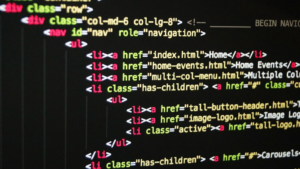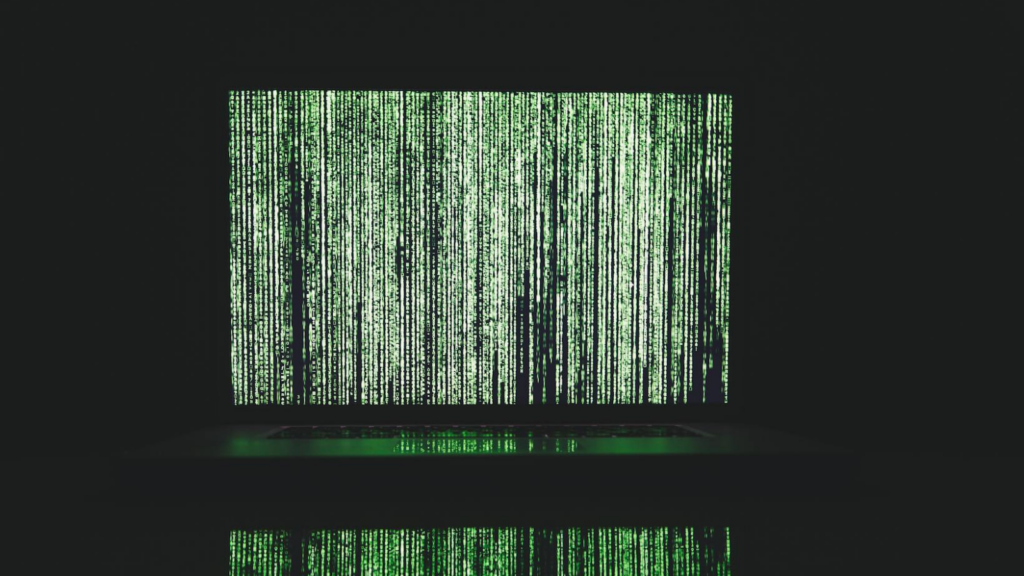In the digital age, the concept of Software 2.0 is rapidly gaining traction. It’s a new wave in the tech world, redefining how we perceive and interact with software. But what exactly is it, and why is it causing such a stir?
This shift, often termed Software 2.0, is not just an upgrade or a newer version of existing software. It’s a fundamental change in the way software is created and used. It’s the dawn of a new era where software learns from data, adapts, and evolves.
Software 2.0
As the digital realm undergoes fundamental transformation, comprehending the nuances of Software 2.0 becomes imperative. This new paradigm offers insights into how the future of software development might look, considering the sea change in software manufacturing and usage patterns.
The Concept Explained
In essence, Software 2.0 refers to machine learning software that is taught more than explicitly programmed. This software learns from data, making it adaptable and scalable. Over time, with continuous data feeding and training, it enters a phase of self-evolution, making decisions based on patterns it has learned.
Differentiating Software 1.0 and 2.0

Software 1.0, the traditional model, typically involves explicit programing with predetermined instructions and fixed workflows. It excels in deterministic and structured tasks, performing mathematically precise algorithms, as seen in a calculator.
Conversely, Software 2.0 operates using machine learning models, where instructions aren’t hardcoded but learned from data. Its flexibility becomes apparent in ambiguous and unstructured tasks that need a level of cognitive processing, such as voice and image recognition. For instance, rather than defining specific boundaries for detecting faces in images (Software 1.0 approach), it learns from numerous photos, refining its ability to accurately identify faces (Software 2.0 approach).
Advancements in Software 2 0
The landscape of software development grows richer with every advancement in Software 2.0. The integration of AI and Machine Learning, coupled with increased automation capabilities, stands at the center of this progression, pushing digital innovations into new territories.
AI and Machine Learning Integration

The integration of AI and Machine Learning into Software 2.0 has led to remarkable enhancements. It’s propelled the software from simply executing predefined instructions to learning from data. This shift empowers Software 2.0 applications to evolve at an exponential pace.
Instead of just lines of code dictating the software’s functionality, data fuels the software’s intelligence. Recognition software, for example, do not contain explicit instructions for recognizing a dog or a cat. Instead, they learn this skill from a vast array of data – millions of images with labels.
Data serves as Software 2.0 fuel, providing the necessary inputs for AI and Machine Learning algorithms to work their magic. These algorithms can then identify patterns and trends in the data, offering insights beyond human capacities.
Increased Automation Capabilities
Software 2.0 boasts significantly enhanced automation capabilities compared to its predecessors. Conventionally, software automations primarily dealt with routine, rule-based tasks. However, the adaptability of Software 2.0 makes it capable of automating more complex tasks with higher accuracy.
Software 2.0 automation capacities also extend to areas beyond customer interaction, including logistics, production, and the Internet of Things (IoT). Transport companies, for example, can rely on Software 2.0 for predicting journey times more accurately by factoring in real-time data such as weather conditions and traffic delays. In the manufacturing sector, predictive maintenance becomes the norm, counteracting possible equipment failures before they cause production halts.
Need To Know About Software 2.0
Software 2.0 transformative impact on the digital landscape can’t be overstated. It’s not just a new version, but a paradigm shift in software evolution, fueled by the power of machine learning and AI. Its ability to learn from data and adapt to trends sets it apart, enabling it to excel in complex, unstructured tasks. The integration of AI has expanded its capabilities, making it a powerful tool in various industries. Whether it’s chatbots offering personalized customer service or predictive maintenance optimizing industrial processes, Software 2.0 is at the forefront, revolutionizing digital experiences. With its continual learning and adaptability, it’s clear that Software 2.0 is the future of software, ushering in a new era of intelligent applications
